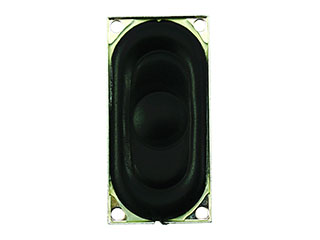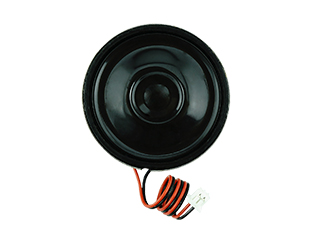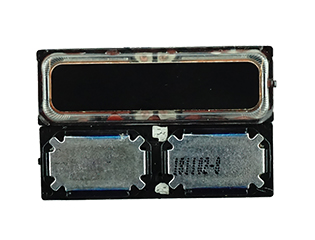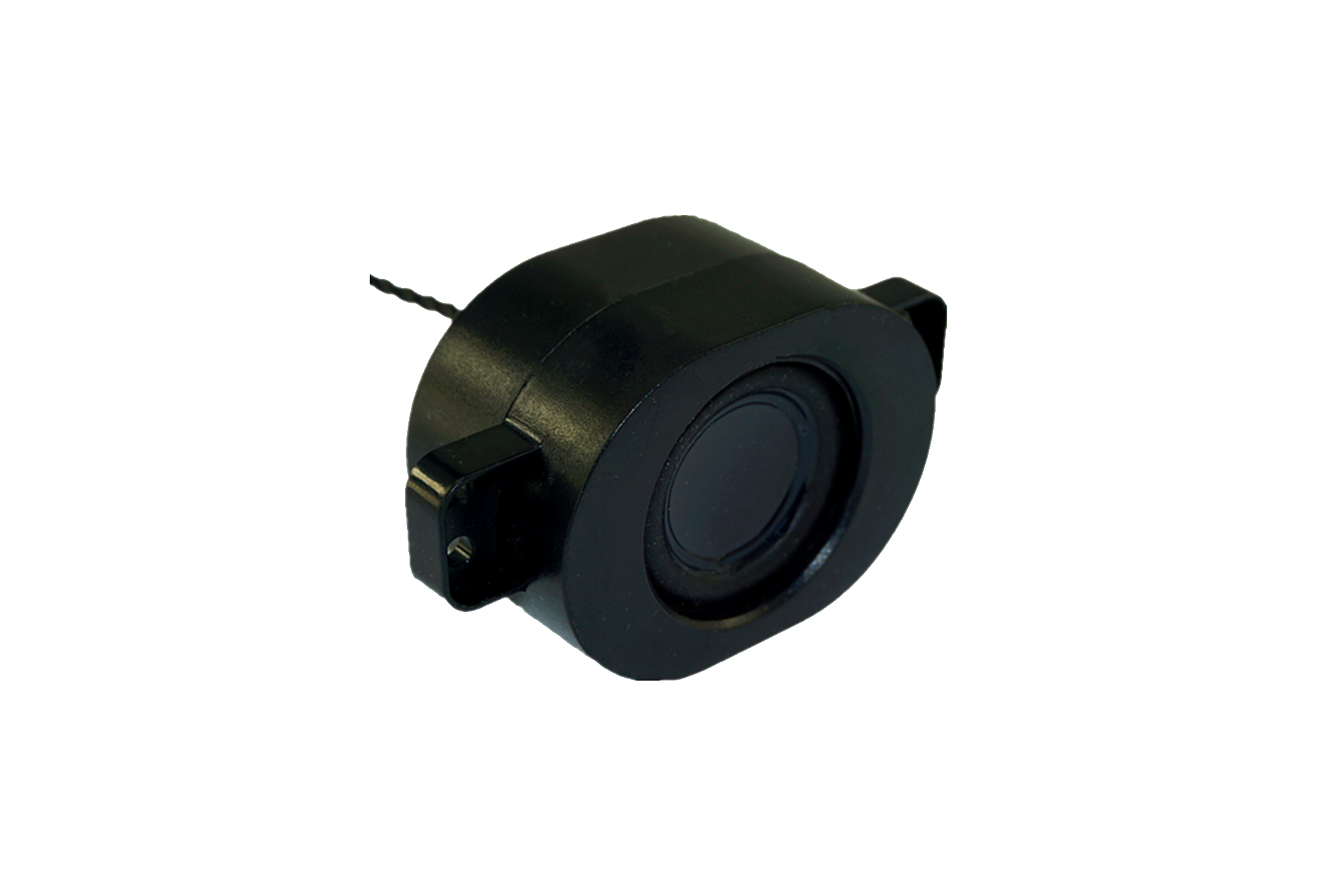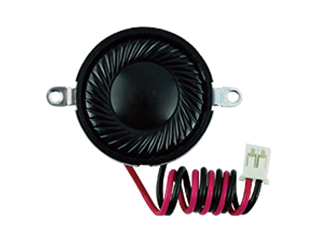The so-called big sound xi sound, elephant xi shape. The global industry has not stopped about the mystery of sound, from microphones to voice systems, is the focus of international semiconductor manufacturers including Lou Electronics, IBM, etc. The Institute of Acoustics of Chinese Academy of Sciences has made a breakthrough in the field of acoustics, and its research and development results have reached the world's advanced level. It is also actively cooperating with manufacturers in the industry to seek the road of industrialization of the results.
Silicon microphones will replace traditional capacitive microphones
Lou electronics, a manufacturer specializing in the development of silicon microphones, believes that silicon microphones based on semiconductor technology will replace traditional condenser microphones. CMOS MEMS microphones will soon replace electret capacitor microphones because the latter is a technology that has been around for decades. Currently, the consistency of MEMS microphones will be more than four times better than that of electrot capacitor microphones, so MEMS microphones are particularly suited for cost-effective microphone array applications, where better matched microphones will improve sound wave formation and reduce noise.
According to Lou Electronics, memS technology has revolutionized the way microphones are designed in mobile phones. It is smaller than traditional capacitive microphones and can be assembled with other components using a soldering furnace, which makes it increasingly important in the design concept of today's increasingly thin and light mobile phones. Its simple automatic assembly and the ability to insert new integrated circuits (ics) as new requirements arise make it a natural choice for mobile phone design. Microelectromechanical microphones will become the inevitable mainstream in the design of new mobile phones.
In fact, microphones are only one application of CMOS MEMS technology. CMOS MEMS will enable acoustic, inertial and RF systems to be integrated on a single chip by integrating all electromechanical sensor structures, analog and digital signal processing functions into one.
The participation of international manufacturers is increasing
Because the microphones are manufactured using standard CMOS technology, the design of the new microphones will be in sync with the rapid design cycle of consumer electronics such as laptops, mobile phones and digital media systems, said Lou Electronics. Alternatives to more microphone applications can reduce the end product size, and emerging applications are bound to be more supported.
Also for small applications, Fody Technologies has SAM(Small Array Microphone) technology that cancels acoustic echoes up to 65 decibels and nonstationary noises up to 20 decibels, and its nonlinear echo cancellation technology for completely anechoic communication. At present, this voice input technology has been widely used in car hands-free/telecommunication, PC and laptop, smart phone /GPS /PDA and voice/video conferencing telephone systems.
From microphone chips to systems, international manufacturers continue to invest in expanding the range of applications. IBM is working with several universities to use voice to control the Internet on mobile phones, and then output the information through a voice Web browser. The IBM project is still in its early stages and has not yet been commercialized on a large scale. Intel has also developed a microphone to follow the speaker and automatically record what the speaker is saying.
I keep up with the world in acoustic development
In 2000, the institute of Acoustics of Chinese Academy of Sciences carried out the development of "acoustic microelectromechanical components and modules", and again in 2002, "the practical research of silicon micromicrophone". The results have passed the acceptance of the High Technology Bureau of the Chinese Academy of Sciences and the 863 memS expert Group. The project has successfully developed a "silicon micro-capacitive microphone" whose overall performance has reached the international advanced level, and has been in the forefront of international practical application.
Tian Jing, director of the Institute of Acoustics, pointed out that the institute of acoustics not only attaches importance to research and development, but also considers the problem of industrialization. The Institute of Acoustics established Zhongke Xinli for the application market, and formed a strategic partnership with Fudi Technology to realize the transformation of results as soon as possible. Aiming at voice applications such as communication, network, home appliances and mobile phones, and combining the strengths of both sides, we will accelerate the development of embedded audio processing chip technology, which will promote the development of communication acoustics field in China.
Huang Yansong, founder of Fudi Technology, pointed out that the addition of Acoustics institute and Fudi Technology concentrated the advantages of both systems and chips, so that the complete solution formed in this way is of great significance for the timely and accurate automatic monitoring, positioning, tracking and correlation of specific content of massive audio data in the information network. This market is the latest project being developed by international companies such as IBM.
In addition, acoustics is unique in speech recognition, speech synthesis and speech coding technology. A new breakthrough has been made in the development of the "embedded speech recognition system" by the former R&d team of Intel China Research Institute. The voice navigation system specially developed for the 2008 Olympic Games provides real-time help for multi-language applications.



